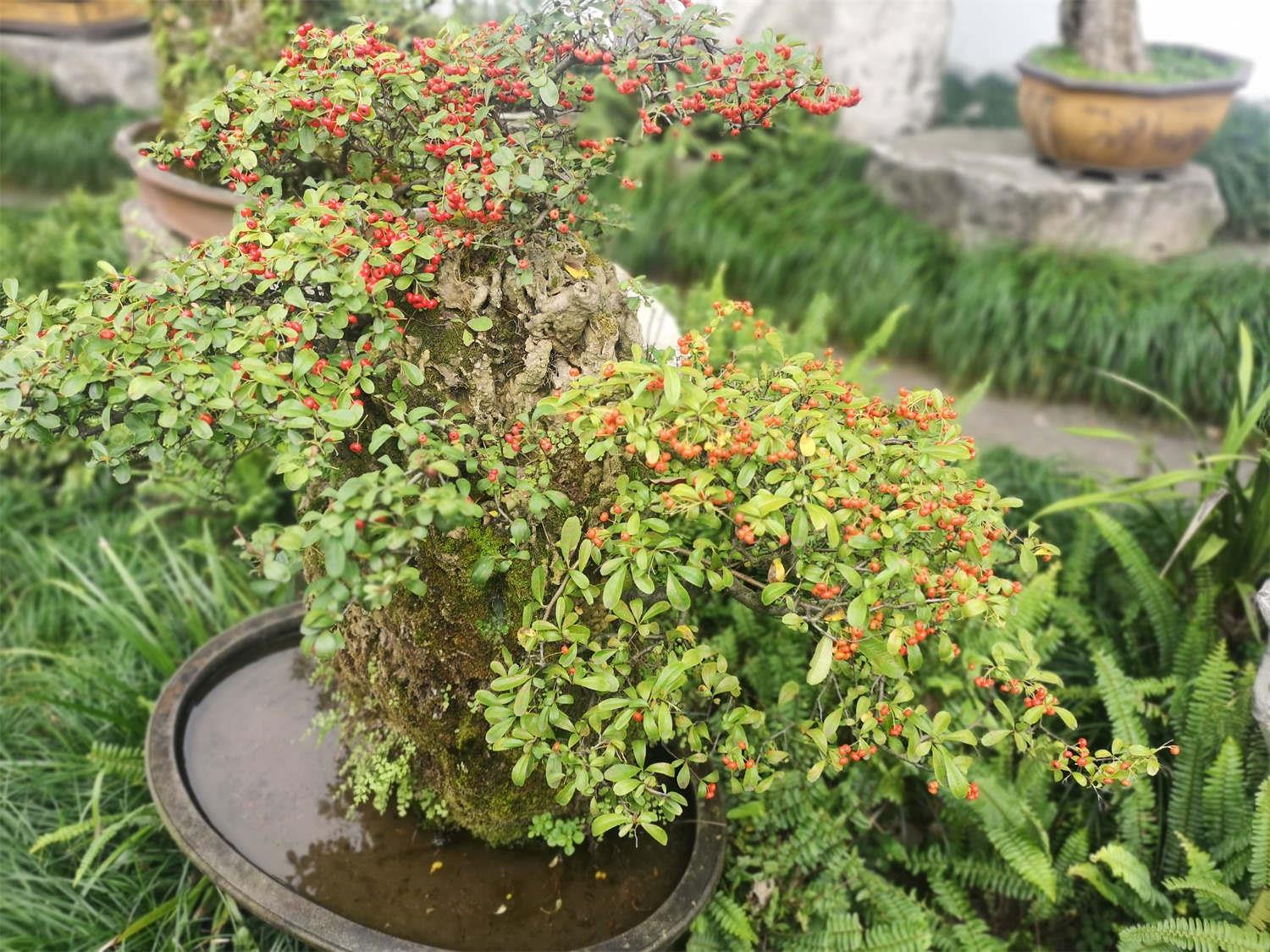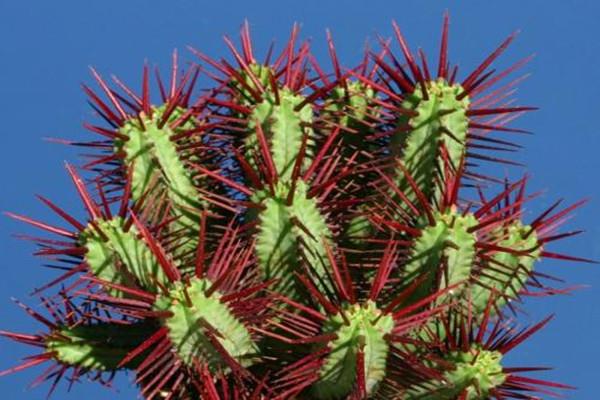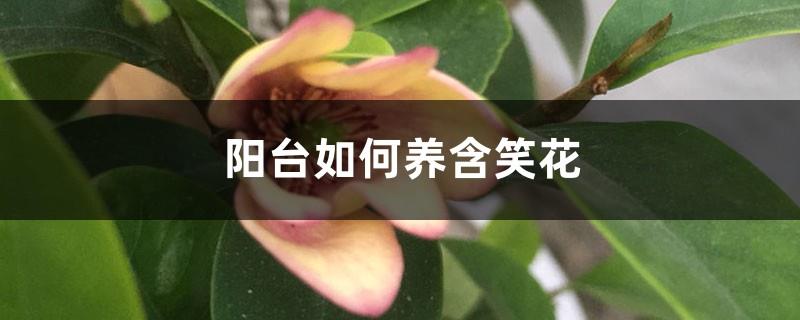Pyracantha cultivation methods and precautions
Last Update :2024.11.01
Article Catalog
Temperature: Pyracantha is suitable for growing in an environment of 20-30℃; Soil: Choose sandy soil with a deep soil layer, loose soil and good drainage; Moisture: Pyracantha is very drought-resistant, but in winter The soil is easy to dry, so you can water it appropriately; fertilization: phosphorus and potassium fertilizers can be applied during the flowering period; propagation: seed propagation and cuttings can be used.

Precautions
Cultivation methods
Pyracantha prefers a warm and humid environment. Be careful to ventilate it at all times, otherwise it will easily cause Pyracantha diseases. Pyracantha is suitable for growing in an environment with a temperature of 20~30°C. It needs sufficient light and should be given a long sunshine time. Pyracantha is relatively cold-resistant and can easily survive the winter. If the temperature of the environment where Pyracantha grows in winter is too high, it will affect the flowering and fruiting of Pyracantha in the second year.
Pyracantha has low soil requirements, but in order for the plant to grow well, it should be planted in sandy soil with a deep soil layer, loose soil and good drainage. In normal times, some nitrogen fertilizers can be applied regularly to promote the growth of pyracantha branches and leaves. When the flowering period is approaching, some phosphorus fertilizers and potassium fertilizers can be applied to promote the prosperity of the flowering period and also promote the ripening of the fruits. There is no need to fertilize in the winter to allow the pyracantha to survive its dormant period.
Pyracantha is very drought-tolerant, but the soil tends to dry out in winter, so you can water it appropriately. During the flowering period, the soil can be kept dry, which is good for the fruiting of Pyracantha. If the flowering period meets the rainy season, pay attention to drainage. After harvesting the fruits and before entering the hibernation period, water enough for the winter, and then no more watering during the hibernation period.
Pyracantha is generally propagated through two methods: seed propagation and cuttings.

Notes
Pyracantha also needs to be pruned, because the crown of Pyracantha is very messy in its natural state, which not only affects the growth of Pyracantha, but also affects the fruiting of Pyracantha, so we have to prune it every year. Too dense branches and leaves, leggy branches, thin branches, etc. When the flowering period is approaching, you should also pay attention to pruning branches with too many flower buds.
Pyracantha loves water and fertilizer, so potted Pyracantha should change the soil and repot it every two years to maintain the fertility of the pot soil.
- END -
Hongcaige breeding methods and precautions

Hongcai Pavilion is usually very unfamiliar to everyone. There is very little info...
How to grow smiling flowers on the balcony, what should you pay attention to?

The smiling flower can be placed on the balcony. If there is sufficient light, it ...